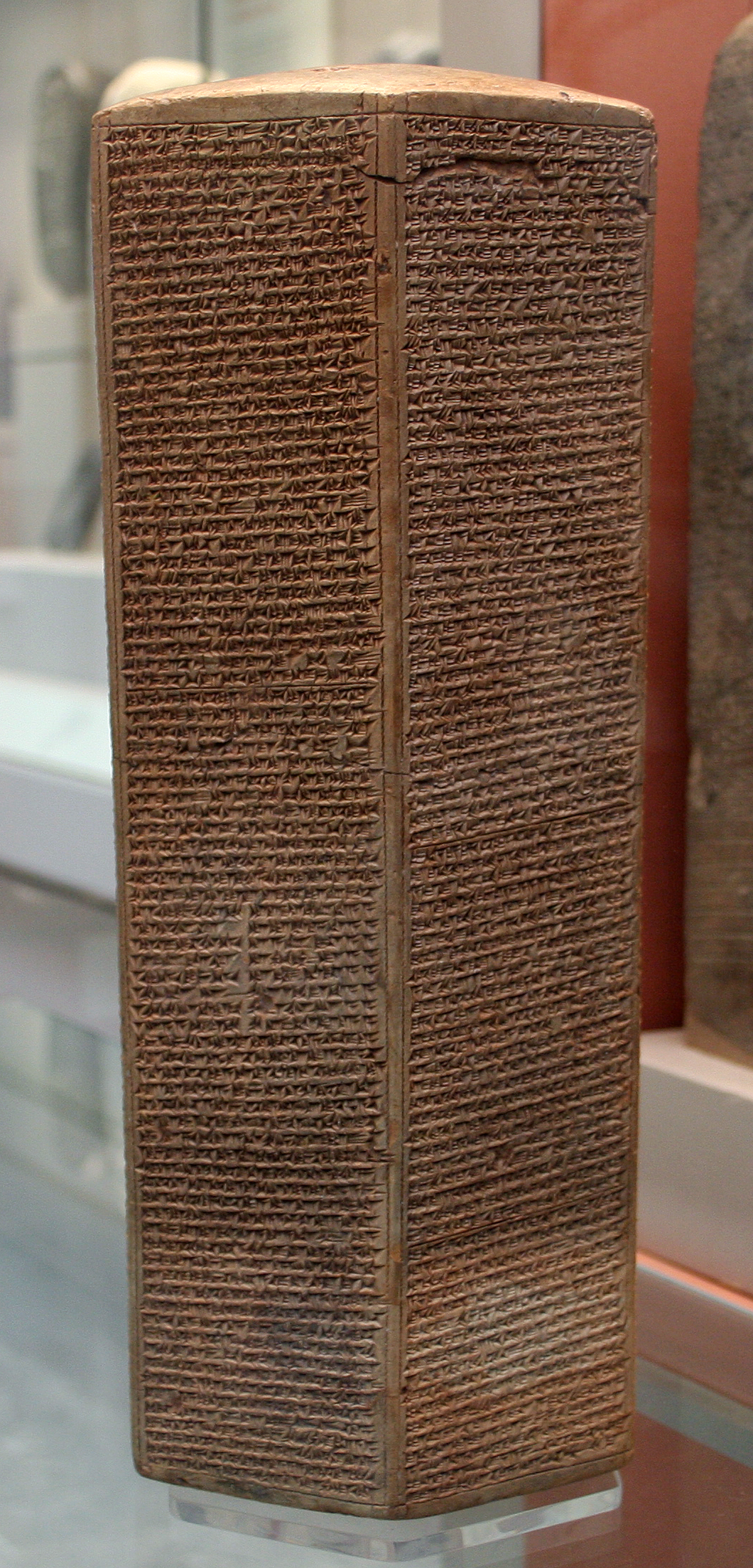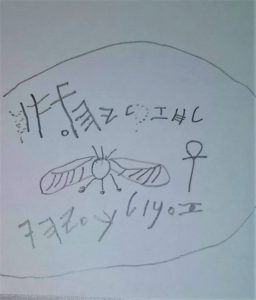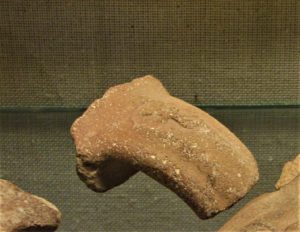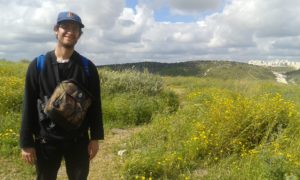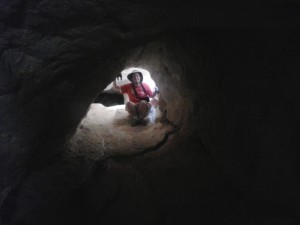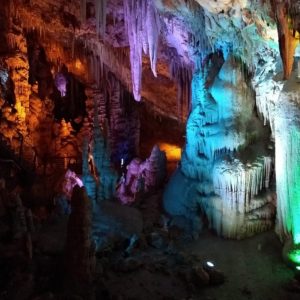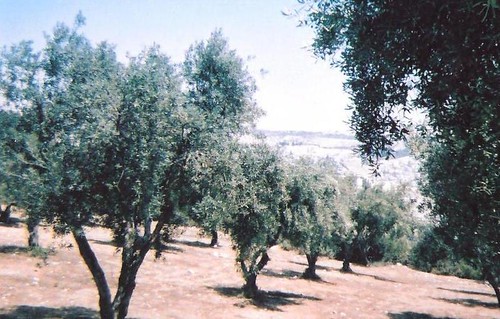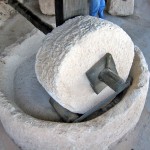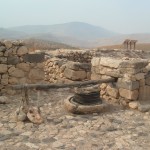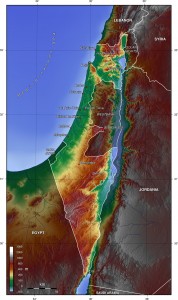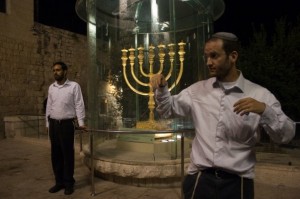After the Babylonian exile, the Jewish people found themselves under Persian rule—a time of both challenge and opportunity. From the Return of the Jews with Ezra and Nehemiah to the drama of the conflict with the Samaritans, this episode explores how Jews navigated life in the vast Persian Empire. How did they maintain their identity? What impact did Persian culture have on Judaism? Support my work on Ko-Fi and help me keep bringing Jewish history to life!
Blogroll
- Ariel Zellman Research and publications about Israel
- Cats With Pens A blog about Reading, Writing and growing.
- FALSE DICHOTOMIES Alex Stein’s Blog about Israel
- Fun Joel's Israel Fun Joel’s Fun Israel Blog
- Gil Zohar Writer, Photographer, Sculptor and Tour Guide
- W3 EDGE, Optimization Products for WordPress
- Wandering the Holy Land My Blog
- Window on the Wall A blog about the Parshat Hashavuah (Torah Portion of the Week) and Israel News
- WordPress Plugins
Essential Services
- Jerusalem Dentist Expert Dental Care in Jerusalem with an English Speaking Dentist
Hotels and Guesthouses
- Le Jardin Ein Karem Le Jardin Ein Karem – A beautiful and quiet retreat in the picturesque village of Ein Kerem, perfect for a romantic getaway.
- My Jerusalem Studio Highly recommended Boutique Hotel in the Picturesque neighbourhood of Nachlaot.
Israel Culture
- Shoot East Short Films – Documentaries – Educational Videos
Israel Current Affairs
- Ariel Zellman Research and publications about Israel
- Window on the Wall A blog about the Parshat Hashavuah (Torah Portion of the Week) and Israel News
Israel Tour Guides
- Fun Joel's Israel Fun Joel’s Fun Israel Blog
- Gil Zohar Writer, Photographer, Sculptor and Tour Guide
- Israel Sunshine Tours My good friend and colleague Yaakov Sonnenchein’s Tour Guide website
- Nava Rosenbloom Fellow Tour Guide
Miscellaneous
- Jerusalem Dentist Expert Dental Care in Jerusalem with an English Speaking Dentist
- Tirtza's Marvellous Morning A Relaxing Boutique Spa in the outskirts of Jerusalem (women only)
Services
- Tirtza's Marvellous Morning A Relaxing Boutique Spa in the outskirts of Jerusalem (women only)
Sites in Israel
- Temple Mount Sifting Project archaeology, Temple Mount, Jerusalem, archaeological destruction, israel
Torah
- Window on the Wall A blog about the Parshat Hashavuah (Torah Portion of the Week) and Israel News

